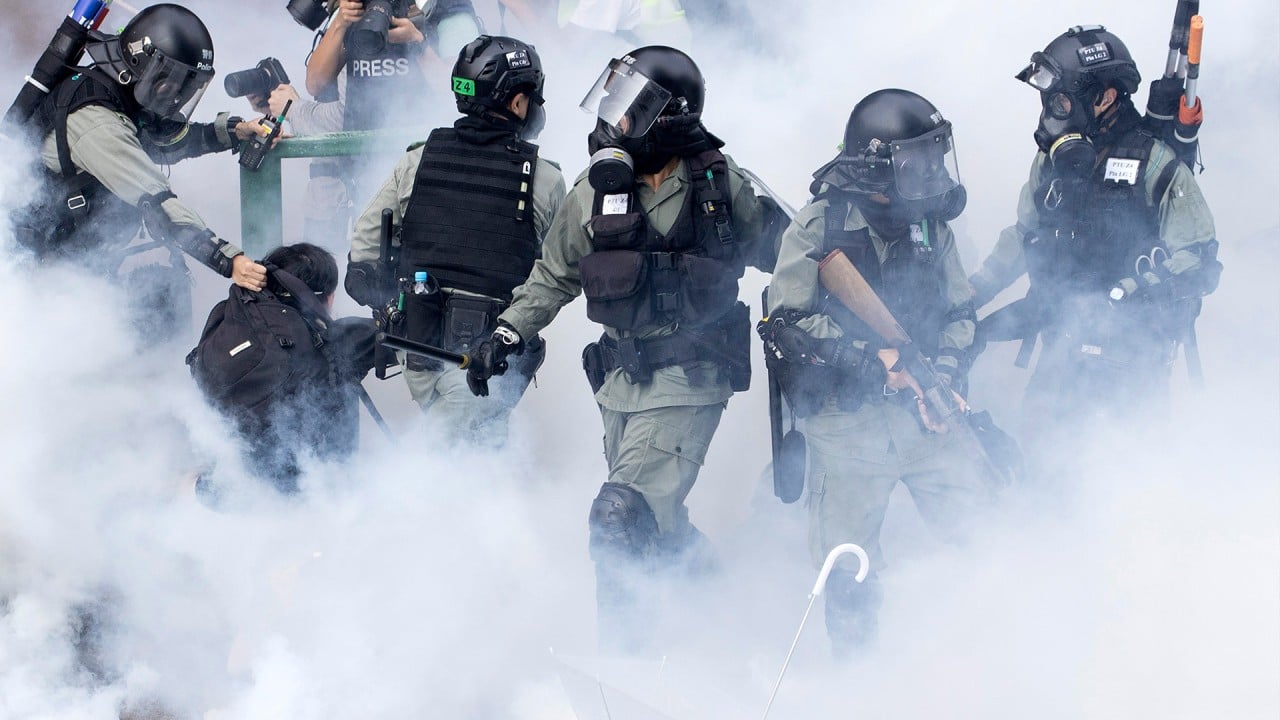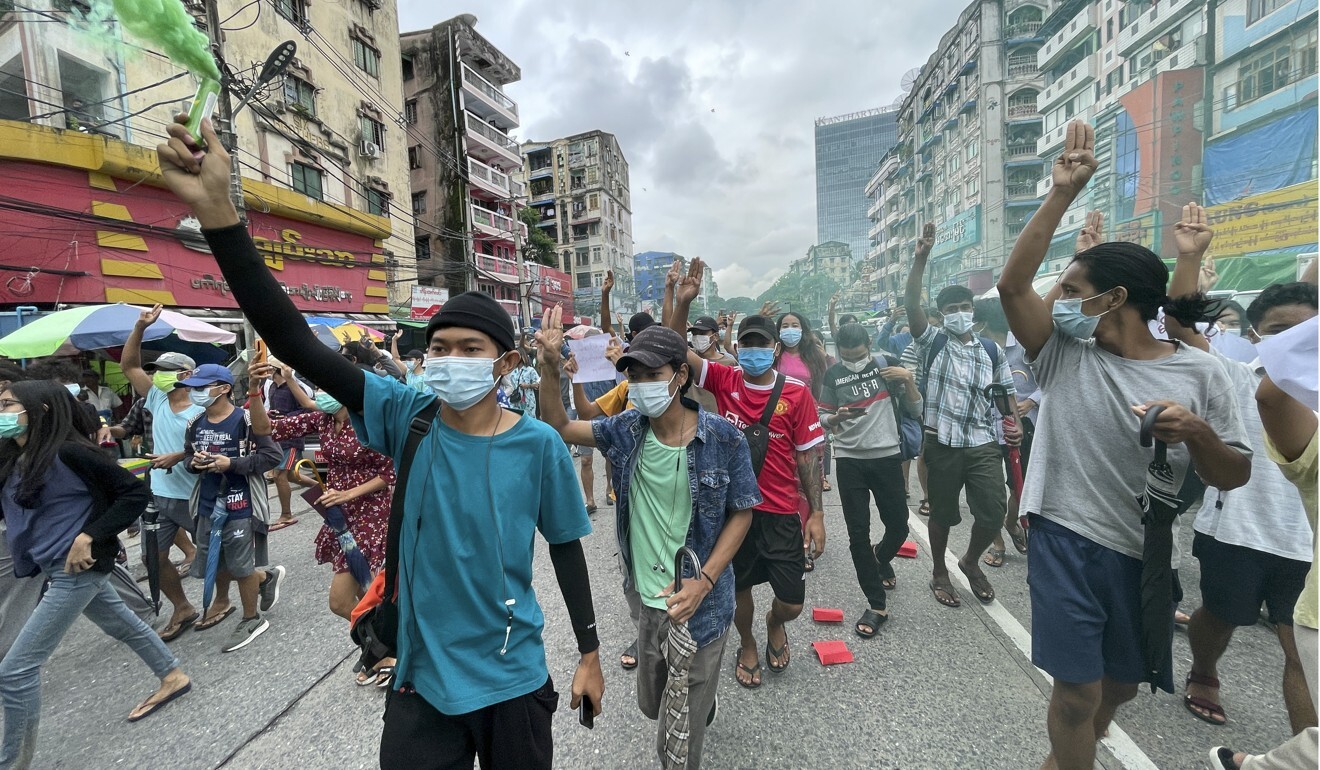
Technology reshaped Asia’s protest movements – but can it effect real change?
- From Hong Kong to Myanmar, anti-government activists have harnessed smartphones and social media to plan protests and rally people to their cause
- While sceptics see online activism achieving little amid rising repression, others argue the embers of protest can now never be fully extinguished

07:30
China’s Rebel City: The Hong Kong Protests
Using their smartphones, the city’s youthful activists adopted guerilla-like tactics to stage numerous sudden, flashmob-style protests that persisted for the best part of a year in spite of an implacable clampdown – with organisers communicating in real time via their devices in a bid to stay one step ahead of the police.
How the Hong Kong protests affected overseas Chinese in Asia and beyond
Echoes of the past
Amid calls for the international community to do more to restore democracy, members of the country’s Civil Disobedience Movement have used social media to direct attention to their anti-coup protests and raise awareness of the junta’s various crackdowns.

Others, such as Myanmar’s 8888 Uprising of 1988 and 1989’s Tiananmen Square protests, failed to achieve their goals.
The legacy of the movements that did succeed may provide comfort to today’s protesters, however, if they see themselves as part of a longer lineage of activism that has reshaped national trajectories.
Eyes on the future
The longer-term implications of technological advances on Asia’s modern protest movements are up for debate.
Others argue the embers of pro-democracy activism can now never be fully extinguished by authoritarian regimes, as even after they are shut down in the streets they can continue smouldering online.
Thailand protests: is Milk Tea Alliance stirring global support?
The #MilkTeaAlliance movement is transnational in nature, meaning protests in one place could revive activism elsewhere, creating a self-sustaining dynamic that is likely to endure at least for a while.
Another emerging lesson seems clear: since innovations in consumer technology are only going to continue, all sides are going to want to adopt the latest technologies in service of their causes. The future of mass protests, therefore, is likely to look ever more unrecognisable when compared to the protests of the past.
Samir Puri is a Senior Fellow in Urban Security and Hybrid Warfare at the International Institute for Strategic Studies in Singapore

